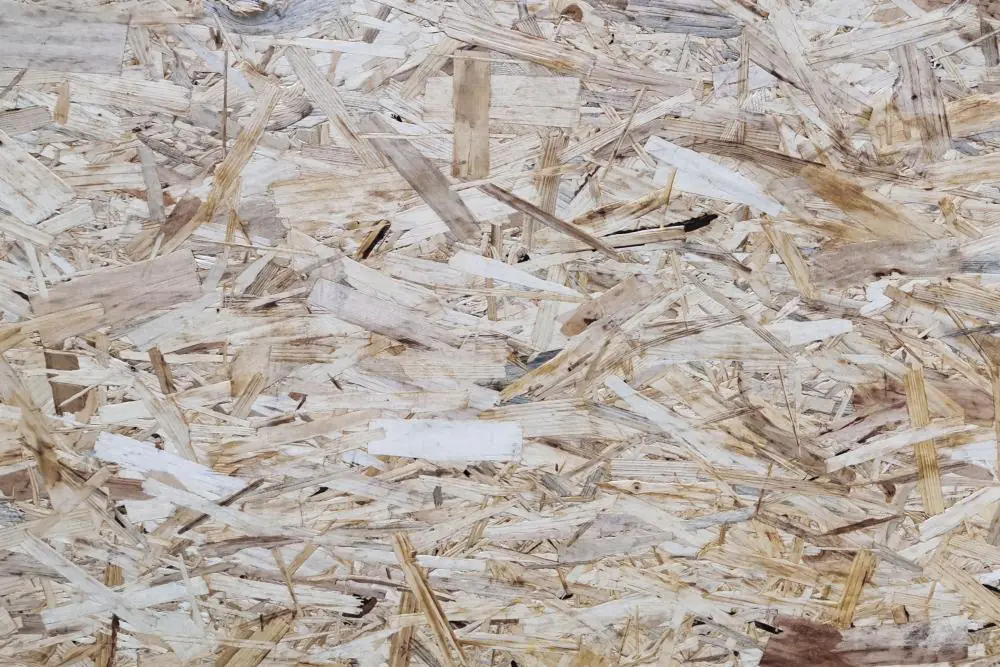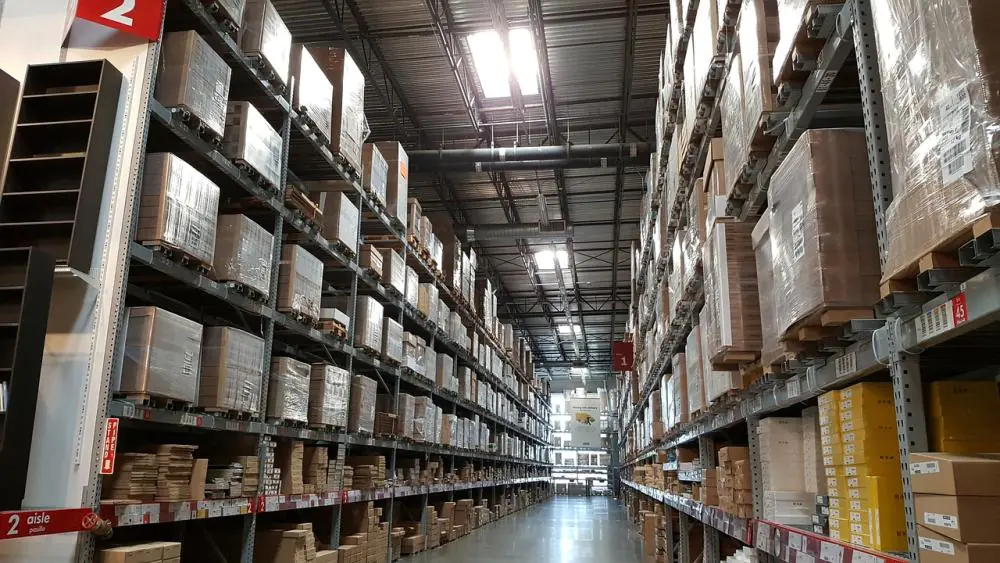Can 'Flat-Pack' Furniture Ever Be Environmentally Friendly?
Flat-pack furniture is designed to be convenient and easy to assemble - although your stance on this may vary depending on your experiences with such furniture.
Nevertheless, one fact remains: flat-pack furniture has conquered the furniture industry. In light of this, it's worth investigating the environmental impact of these products.
In this article, Sustainable Furniture will weigh the pros and cons of flat-pack furniture from an environmental angle and decide if it can truly be ‘eco-friendly’.

What Is Flat-Pack Furniture?
Instead of being delivered as fully assembled items, flat-pack furniture is sold in separate components and built by the consumer.
The design is compact and relatively straightforward, not requiring any specialised skills to assemble, just a few provided tools and a set of instructions. This type of furniture has gained significant popularity over the years due to its affordability and convenience.
Some common examples of flat-pack furniture include bookshelves, tables, cabinets and bed frames.
The Advantages and Disadvantages of Flat-Pack Furniture

The environmental impact of flat-pack furniture is a topic that sparks arguments on both sides of the debate. Let us break down the main advantages and disadvantages so you can decide for yourself.
✓ Flat-Pack Furniture Advantages:
Materials Can Be Eco-friendly
To ensure that flat-pack furniture is lightweight and convenient, manufacturers don’t tend to use solid hardwood in their designs. Instead, they turn to lighter materials like particleboard and MDF, crafted from wood off-cuts.
In this process, waste products are recycled instead of thrown away.
Reduced Transport Emissions
One of the main advantages of flat-pack furniture is its compact nature, which requires less packaging and takes up less space during transportation, especially compared to bulky, fully-assembled furniture.
This space-saving quality ultimately requires fewer ships or trucks to transport the furniture to its destination, lowering the carbon emissions released into the atmosphere.
Adaptable Design
One of the big selling points of flat-pack furniture is that it can be dismantled and reassembled with relative ease. This feature offers the flexibility to store or transport their furniture, prolonging its use and preventing it from ending up in a landfill.
Creative Innovations
With sustainability moving to the forefront of consumer consciousness, certain manufacturers are rising to the challenge by creating flat-pack furniture with eco-friendly methods.
In some cases, furniture is made of purely recycled materials, such as old plastic bottles, which helps to divert waste from landfills. Clever lock-in mechanisms are also being developed to reduce reliance on screws and adhesives, which degrade over time and compromise the furniture's structural integrity.
By adopting forward-thinking techniques, manufacturers extend the lifespan of their products and reduce the need for replacements.
✘ Flat-Pack Furniture Disadvantages:
Limited Lifespan
To ensure flat-pack furniture is easy to assemble and manoeuvre, manufacturers will favour cheap and lightweight materials such as particleboard or MDF in their designs.
Flimsy materials like particleboard or MDF make flat-pack furniture less durable when compared to solid wood furniture, especially when it has been dismantled and reassembled multiple times. Due to this, there is a higher likelihood of furniture breaking, needing replacement and ending up in landfill.
Harmful Material Sourcing
Despite the growing sustainable practices in the flat-pack furniture industry, not all manufacturers adhere to such eco-friendly techniques, mainly to cut costs.
Companies still resort to non-renewable resources or environmentally harmful methods, such as irresponsible logging. This process contributes to devastating deforestation and habitat destruction.
It’s also worth noting that although materials like MDF reuse discarded off-cuts, the adhesive that binds them together makes recycling challenging. Unfortunately, this complexity can actually hinder efforts to reduce waste.
Large Companies Still Produce A High Carbon Footprint
Global ‘fast-furniture’ manufacturers rely on large factories, which churn out more carbon emissions than small-scale companies. Likewise, their products are mass-produced and transported over long distances, which offsets the low transportation emissions usually associated with flat-pack furniture.
If major furniture providers do not make environmentally friendly changes to their process, they threaten to undo the excellent progress made elsewhere.
Is Flat-Pack Furniture Good for the Environment?
At its core, flat-pack furniture is an excellent concept that values adaptability, accessibility and forward-thinking design – with many options striving to be more eco-friendly.
However, when this furniture is mass-produced and profit-driven, there are harmful consequences for the environment.
Despite these challenges, the industry is heading in the right direction and by supporting these sustainable brands, other manufacturers may see an incentive to follow suit.
Sustainable Furniture You Can Trust
Discover a wide range of environmentally friendly furnishings at Sustainable Furniture. We ensure that our supply chain adheres to set sustainability principles so you can enjoy beautiful, ethically sourced homeware without environmental guilt.
For any additional information or inquiries, please don’t hesitate to get in touch. Send a message via our online contact form or speak to our team directly by calling 01726 884123. We’ll be more than happy to help you with your needs.
